When Bob Dylan released Another Side of Bob Dylan in 1964, critics and listeners generally didn’t react well. Dylan’s fourth album was the start of a shift away from the folksy protest songs he’d become known for, which would eventually culminate in his electric transition.
Videos by American Songwriter
While the album was regarded as a thematic departure, it remains an important fixture in Dylan’s career. Another Side of Bob Dylan marked one of the first times Dylan the poet turned introspective. Before this, he had pretty much only written impersonal songs.
These songs were culturally relevant and launched Dylan’s career, making him a staple of the folk scene. However, they often dealt with subjects that were not related to Dylan himself. It was obvious that he cared about the issues and stories he was singing and writing about. They were authentic in that way. But the authenticity of introspection was missing from his work.
Until Another Side, that is. Early in 1964, Bob Dylan embarked on a 20-day road trip from New York City to California. During the trip, he talked to people, specifically miners, in bars and on the road, gathering material that would propel him beyond the folk scene. However, Dylan biographer Clinton Heylin wrote in 2011 that, if Dylan couldn’t find the inspiration from the people, he would find it “by peering deep into himself.”
Bob Dylan Becomes a “Poet of the Road” While Writing Another Side in 1964
1964 also marked a tumultuous time in Bob Dylan’s personal relationships. He continued his affair with Joan Baez which resulted in a falling out with his girlfriend, Suze Rotolo, in March 1964. Through this, he allegedly got “really, very strung out,” as he admitted in a 1966 interview. He did LSD for the first time that April, and had earlier expressed interest in the French poet Arthur Rimbaud.
“Rimbaud’s where it’s at,” Dylan allegedly told friends in February 1964, according to the book Hard Rain: A Bob Dylan Commentary. “That’s the kind of stuff means something. That’s the kind of writing I’m gonna do.”
With Rimbaud in mind, he then went on his road trip, where Another Side was mostly written. The rest of the album was written while Dylan was in Europe, where he met model and singer Nico. Already, the album’s influences were mostly introspective; poets, people, and experiences.
Bob Dylan told The New Yorker in 1964 that “there aren’t any finger-pointin’ songs” on the album. This is clear from his inspirations at the time, which also included the Beatles, who were on their way to America around then. Another Side was notably without protest songs, and that caught critics’ attention.
Here, Dylan began creating unusual images to describe intimacy and relationships. Songs like “Spanish Harlem Incident” and “To Ramona” speak of new love, romantic idealism, and conformity. However, the underlying aspects of these songs are self-image and reciprocated comfort, which denote the introspective and personal nature of the album.
Another Side of Bob Dylan was literally that: the poetic, personal side of the growing folk figure. While this album was initially dismissed as a thematic outlier, it remains an intimate look into where Bob Dylan’s head was at in 1964.
Featured Image by Daily Mirror/Mirrorpix via Getty Images


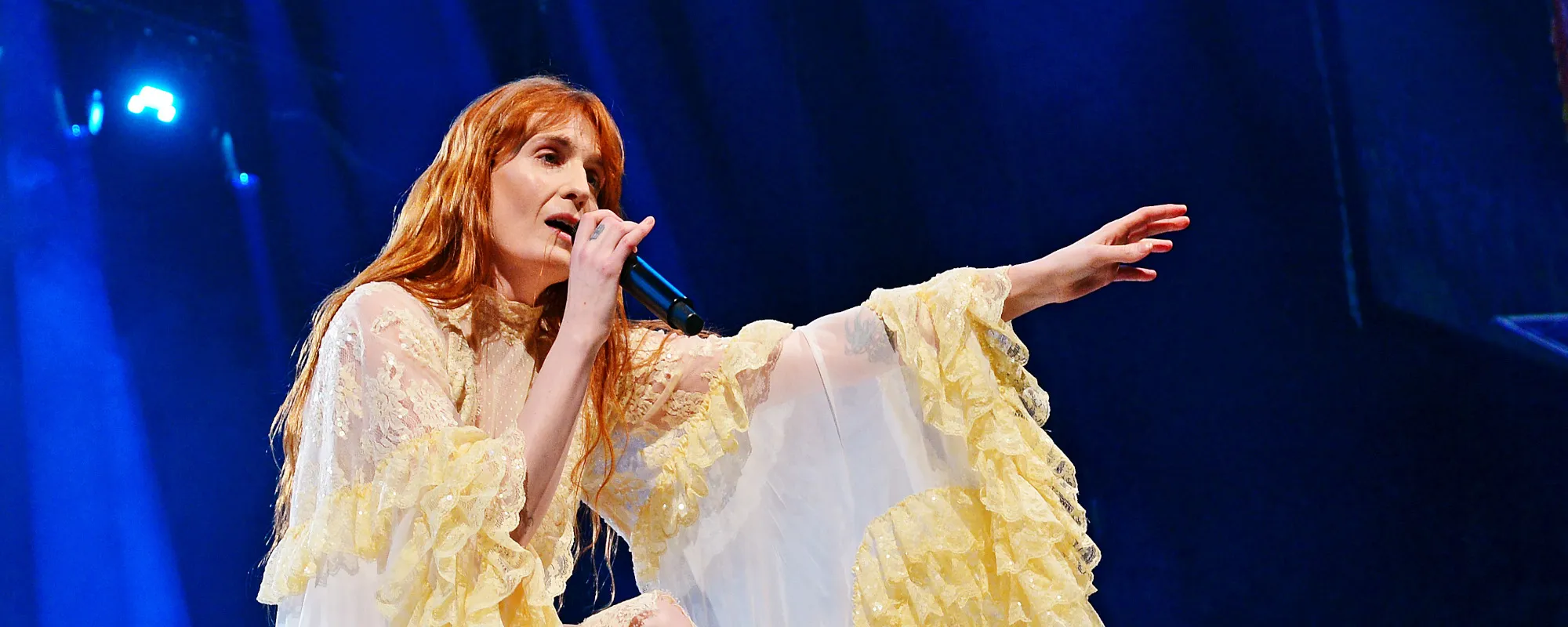

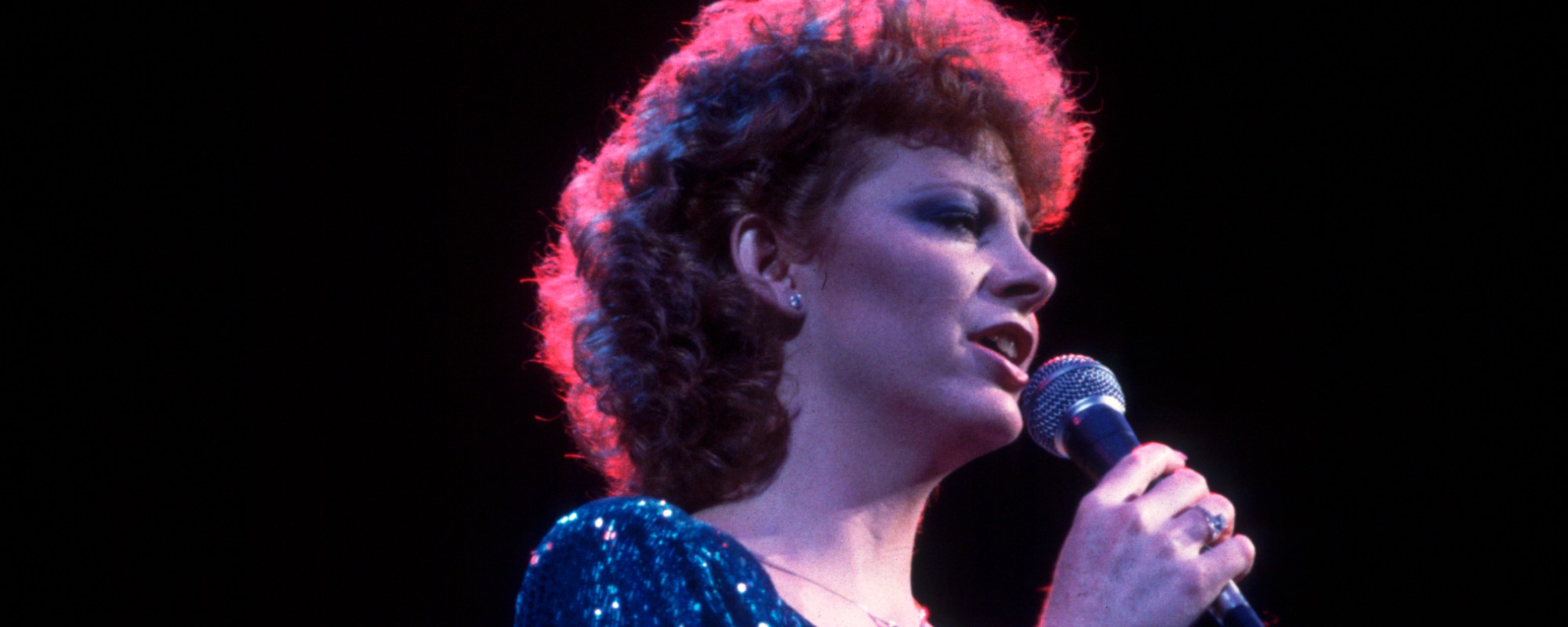
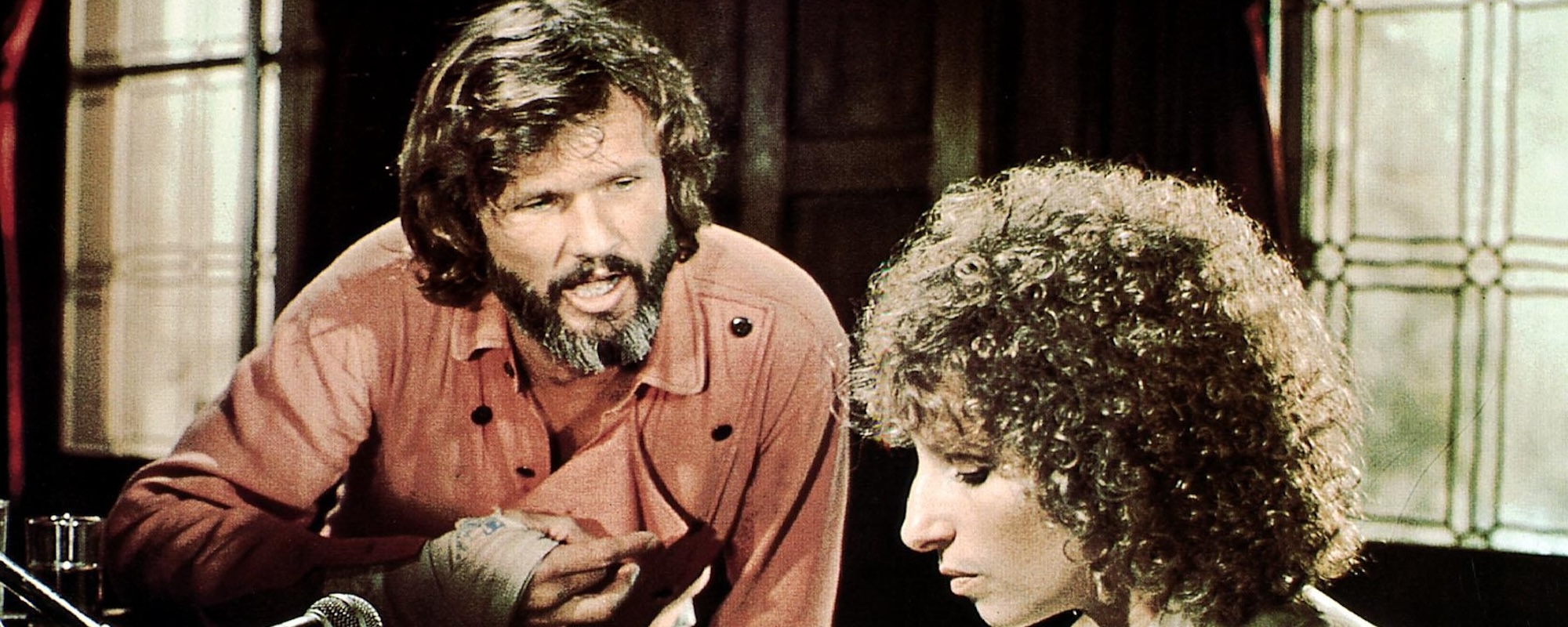

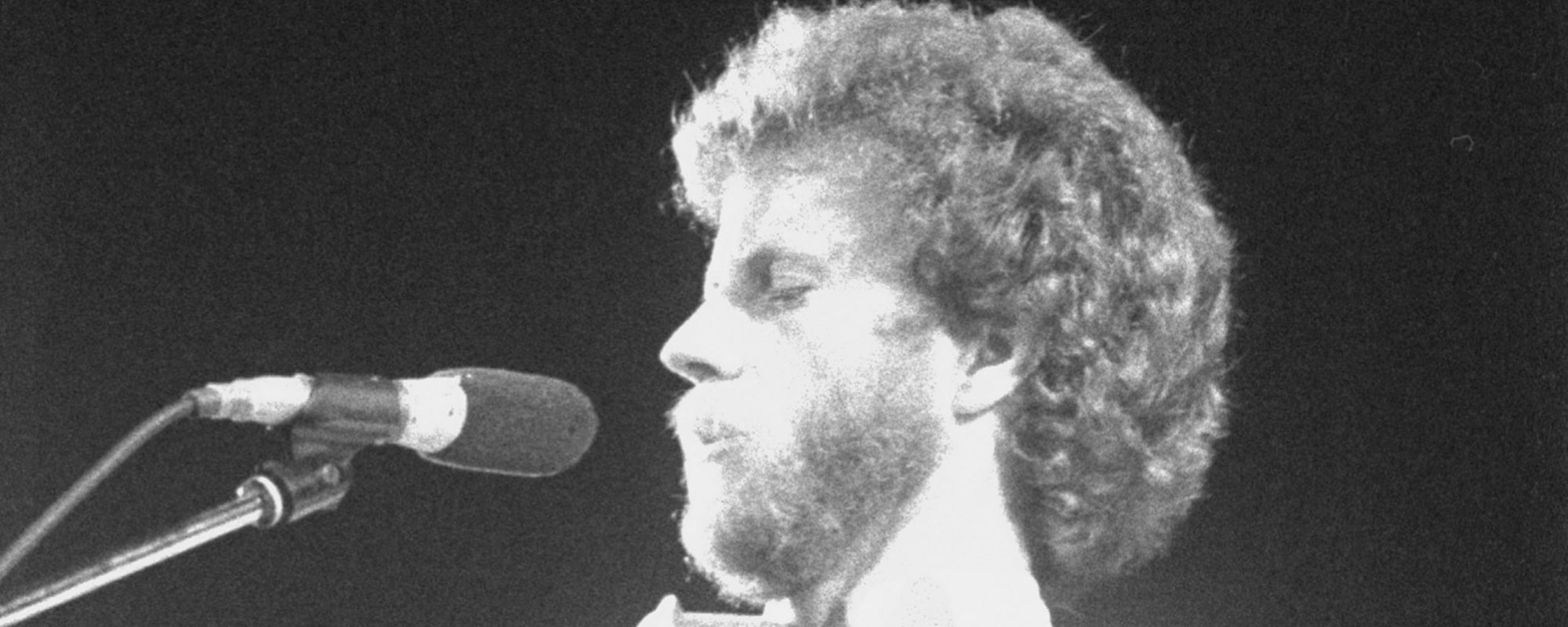
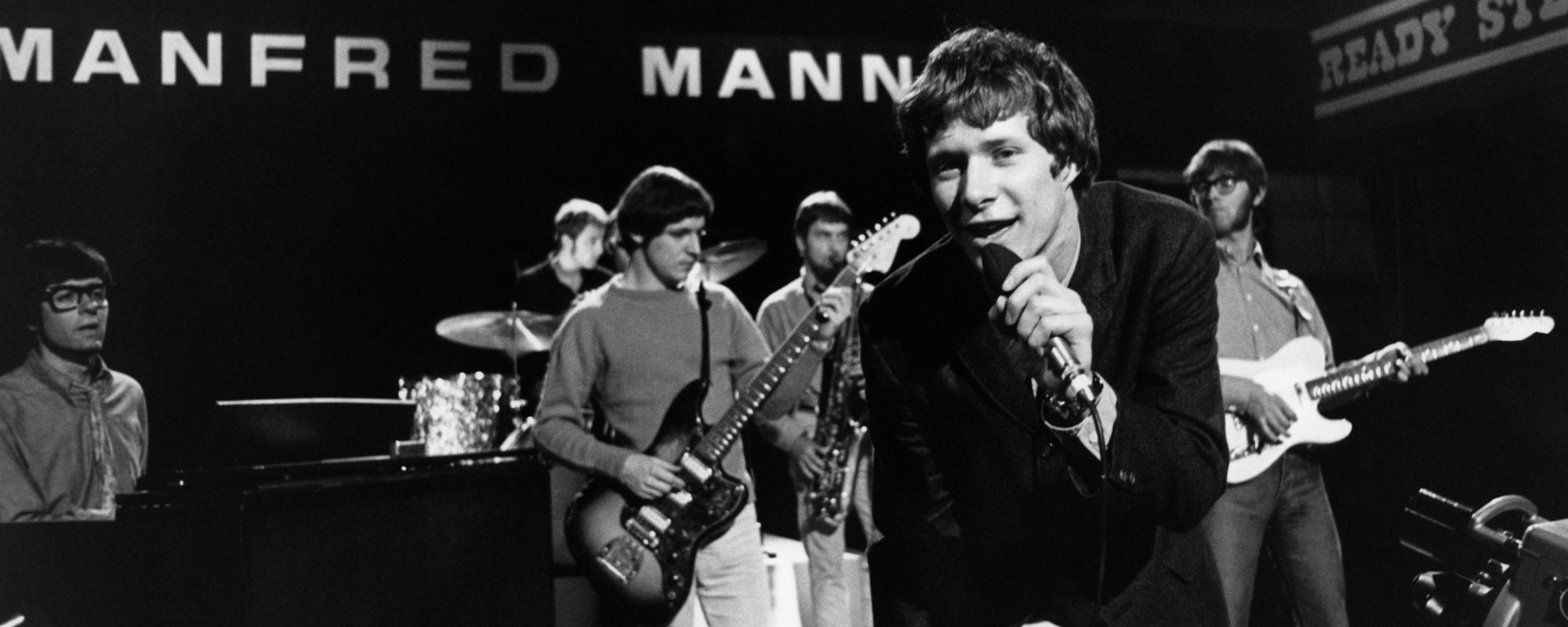



Leave a Reply
Only members can comment. Become a member. Already a member? Log in.